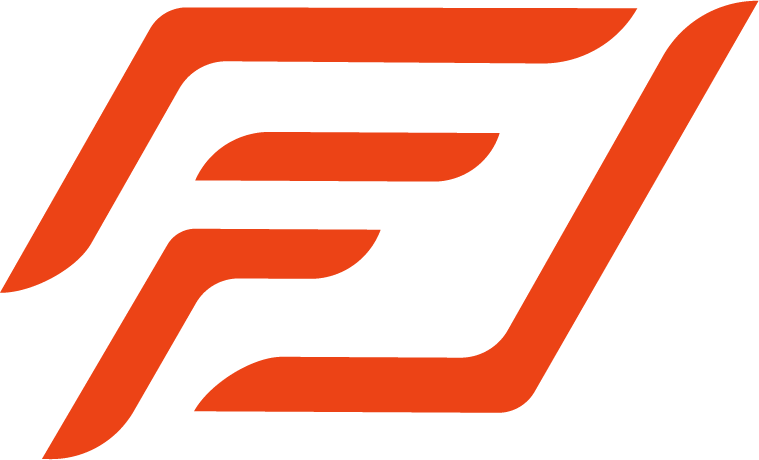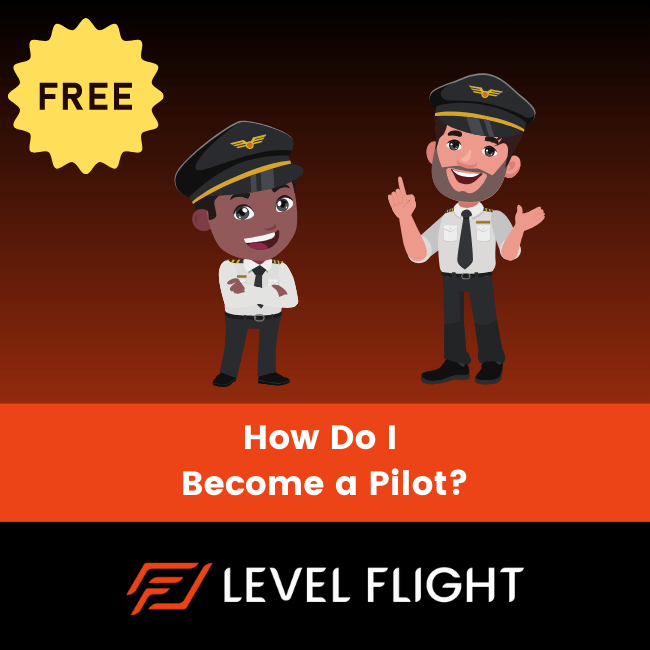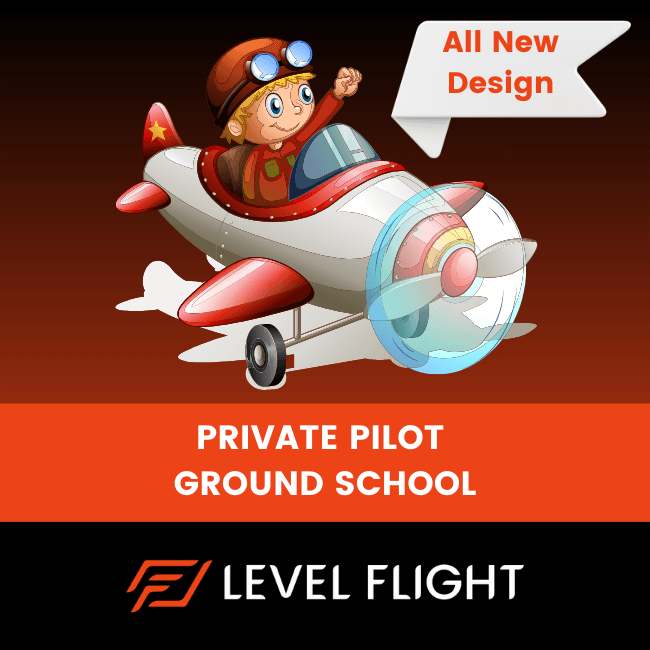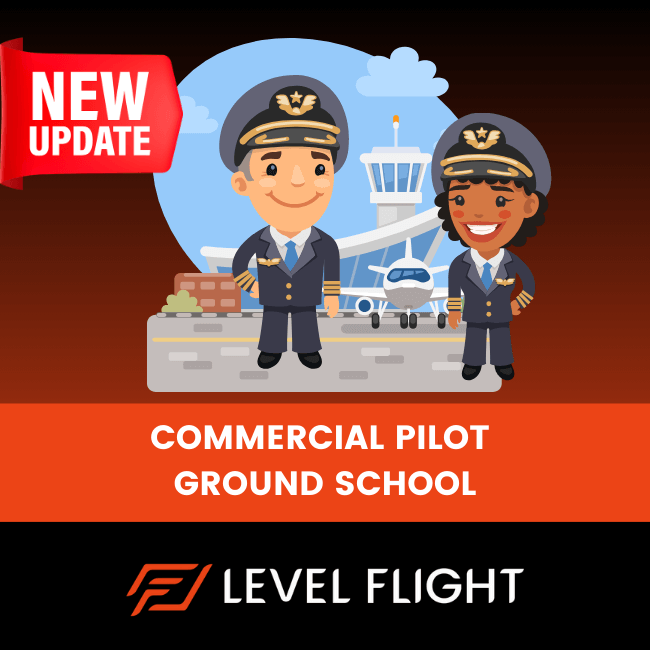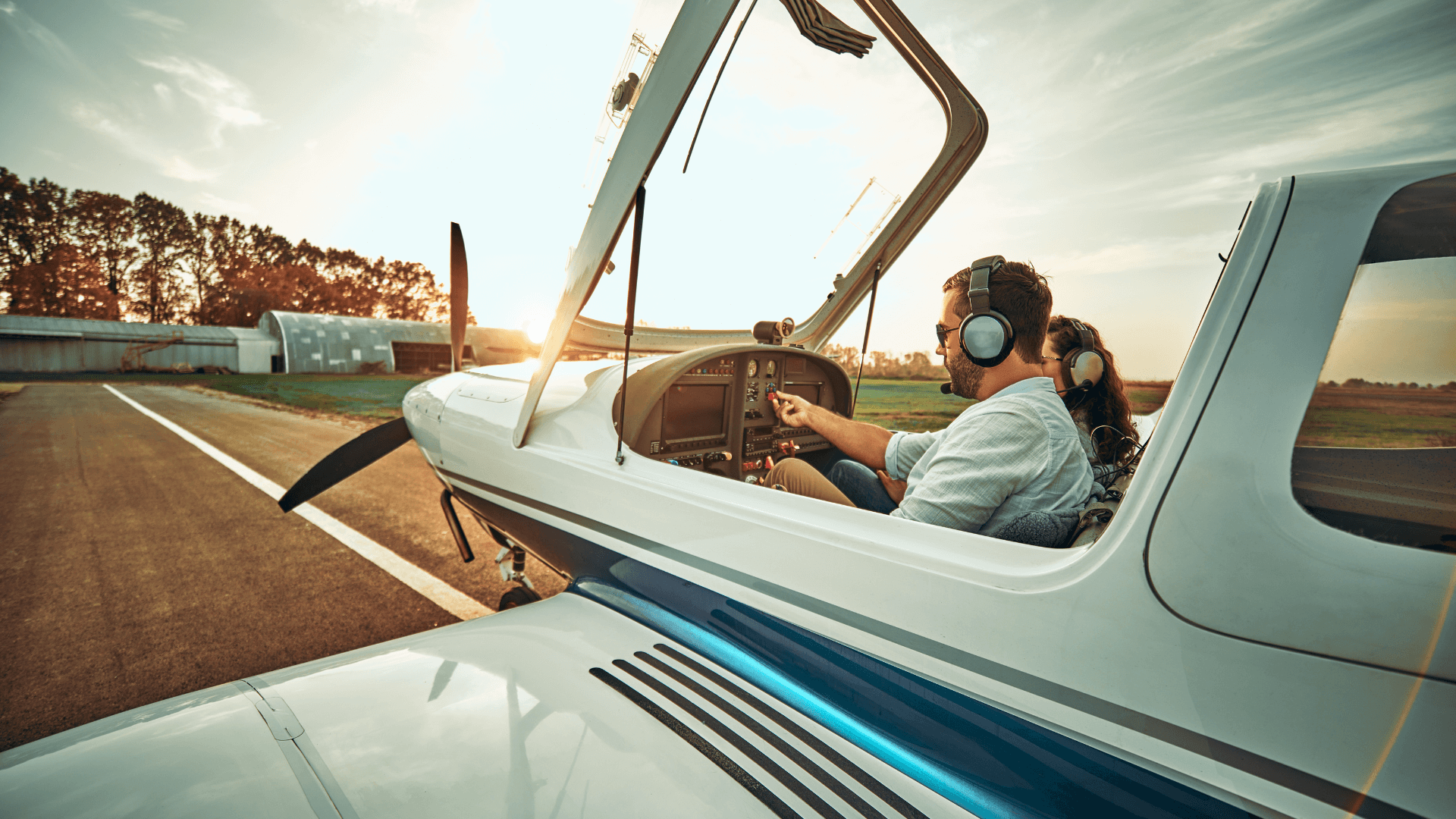
The captivating realm of aviation is a blend of engineering marvels and artistic design, where aircraft take flight with elegance and precision. Within this dynamic field, the placement of an airplane's wings serves as a pivotal factor in its performance and characteristics. The high-wing and low-wing configurations, prominent for their distinct attributes, play a crucial role in flight training and the journey to obtain a pilot's license. In this blog, we will explore the nuanced differences between high-wing and low-wing airplanes, focusing on their impact on flight training and flight school environments.
Wing Placement Deciphered
High Wing: The high-wing airplane, a favored choice in flight training, features wings mounted above the fuselage. This configuration offers trainee pilots a comprehensive view of the sky and ground, contributing to a heightened sense of situational awareness during flight. This is particularly advantageous for those honing their skills as they navigate the complexities of flight training.
Low Wing: In contrast, the low-wing airplane showcases wings positioned beneath the fuselage. Renowned for their responsive handling, these aircraft often become a playground for aspiring pilots seeking to master precise maneuvers. Although the downward view from the cockpit may be more restricted, the low-wing design fosters a hands-on learning experience, making it a popular choice for advanced flight training.
Impact on Flight Training
High Wing: The inherent stability of high-wing airplanes is a boon for flight training. Novice aviators find comfort in the natural self-correction tendencies of this design, making the learning curve smoother. The unobstructed view provided by the high wing configuration enhances flight safety, especially during takeoffs and landings, critical phases of flight often emphasized during pilot training.
Low Wing: Aspiring pilots with an inclination towards high-performance flight often gravitate toward low-wing aircraft during their flight training journey. The dynamic handling characteristics of low-wing airplanes demand a heightened level of skill and finesse, aligning well with the progressive challenges encountered in flight school curricula. The hands-on experience gained from flying low-wing airplanes can significantly contribute to a trainee pilot's overall competence.
Pilot License Pursuit
High Wing: For those embarking on the path to obtain a pilot's license, high-wing airplanes often serve as a friendly introduction to the skies. The stability and ease of control associated with this configuration create an environment conducive to mastering fundamental skills. Many flight schools choose high-wing aircraft for initial flight training due to their forgiving nature, helping aspiring pilots gain confidence as they work toward their pilot's license.
Low Wing: As pilot candidates advance in their training, low-wing airplanes enter the picture to challenge and refine their skills. These aircraft offer an opportunity to delve into more complex maneuvers and navigation techniques, preparing pilots for a diverse range of real-world scenarios. The experience gained from flying both high-wing and low-wing aircraft provides a well-rounded foundation for pilots pursuing various types of pilot licenses. It should be noted that low-wing training aircraft have begun to rival the traditional high-wing variant as the preferred model at many flight schools across Canada.
High-Wing or Low-Wing?
In the realm of flight training and flight school environments, the choice between high-wing and low-wing airplanes goes beyond aesthetics. It's a deliberate decision that shapes the learning experience of aspiring pilots. The high wing configuration, with its stability and panoramic views, eases entry into aviation and pilot training. On the other hand, the low-wing design, known for its agility and responsiveness, refines the skills of more advanced trainees, preparing them for the challenges of a pilot's license pursuit.
Whichever path an aviator chooses, the journey to the skies is an awe-inspiring one, with each configuration offering unique lessons that contribute to the tapestry of becoming a skilled pilot. No matter which aircraft you're flight school has, you can be sure it will provide a quality flight training experience.
To get started on your pilot training, or to learn more about how to become a pilot contact us today! Fill out the contact form below or call us at 1-403-525-5622.
FAQ's
To hold a Private Pilot License you need to be 17 years old.
To hold a Commercial Pilot License you need to be 18 years old.
To hold an Airline Transport License you need to be 21 years old.
We do not directly accept international students because we don't offer the flight portion of the flight training process. We do have a partnership with an organization that does assist international students coming to Canada for flight training. Contact us to learn more.
If you follow a structured routine that will allow you about 6-8 hours of activity within the course per week you should be able to finish within a few months. Be sure to choose an online ground school that will give you access beyond that time so you can use the ground school as a study resource when preparing for your Transport Canada written exam.
Take Flight Now
Level Flight is Canada’s best online ground school. It is our mandate to provide higher quality, more engaging training for Canadian Student Pilots. If you are seeking the exhilarating freedom of flight for a hobby or with aspirations of a career in the skies, Level Flight offers the best ground school experience available. Sign up for our online learning platform now and discover the adventure that awaits you at Level Flight.
By submitting this form, you opt-in and give expressed consent to receiving SMS / text messages, calls, and emails from us for the purposes of communication related to your inquiry or related to the products and or services we provide.
